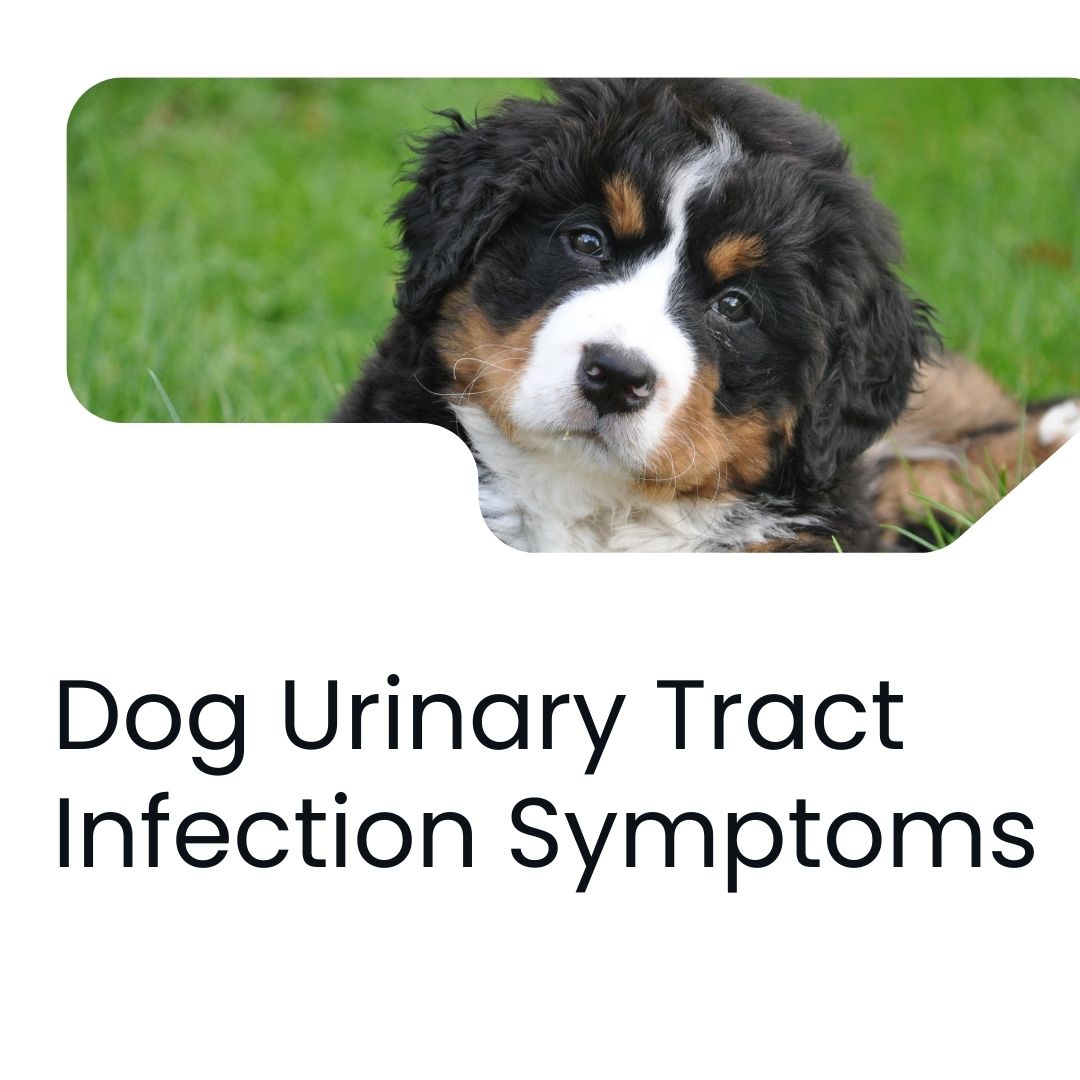Introduction to Dog Urinary Tract Infection Symptoms
As a responsible and caring dog owner, being attentive to your furry friend’s health is paramount. Urinary tract infections (UTIs) can affect dogs, leading to discomfort and potential health complications if left untreated. In this article, we’ll explore the symptoms of a urinary tract infection in dogs, helping you identify when your canine companion may need veterinary attention.

- Frequent Urination
If you notice your dog needing to go outside more often than usual or if they’re having accidents in the house, it could be a sign of a urinary tract infection. The increased urgency to urinate is one of the primary symptoms of a UTI.
- Straining to Urinate
Dogs with a urinary tract infection may exhibit signs of straining or discomfort while attempting to urinate. This could include visible effort, extended time spent trying to urinate, or vocalization during the process.
- Blood in the Urine
Blood in the urine is a concerning symptom that warrants immediate attention. If you observe discoloration, whether it’s pink, red, or brownish, it could indicate inflammation or infection in the urinary tract.
- Strong Odor in Urine
An unusually strong or foul odor emanating from your dog’s urine may be indicative of a urinary tract infection. Changes in urine odor can be a result of the presence of bacteria or other infectious agents in the urinary system.
- Lethargy and General Discomfort
Dogs with UTIs may exhibit signs of lethargy, reluctance to move, or general discomfort. If your usually energetic pup seems unusually subdued or appears to be in pain, it’s essential to consider a potential urinary tract infection among the possibilities.

- Excessive Licking of Genital Area
Excessive licking of the genital area is a common behavior in dogs with urinary tract infections. This is their way of trying to alleviate discomfort or irritation. If you observe persistent licking, it’s a signal that something may be amiss.
- Changes in Drinking Habits
Changes in your dog’s drinking habits, whether an increase or decrease in water consumption, can be linked to urinary tract issues. Pay attention to fluctuations in thirst, as they can provide valuable clues about your dog’s overall health.
- Urinating Indoors Despite Housetraining
If your dog is typically housetrained but starts urinating indoors, it could be a behavioral response to the discomfort associated with a urinary tract infection. This change in behavior should prompt a closer look at their health.
- Visible Signs of Pain
Dogs may exhibit signs of pain when suffering from a urinary tract infection. This can include vocalization, restlessness, or an aversion to being touched, particularly around the abdominal or genital area.
- Changes in Appetite
A urinary tract infection can sometimes impact a dog’s appetite. If your dog shows a sudden disinterest in food or experiences a noticeable change in eating habits, it could be linked to an underlying health issue, including a UTI.
Conclusion
Recognizing the symptoms of a urinary tract infection in your dog is crucial for timely intervention and effective treatment. If you observe any of these signs, it’s advisable to consult with your veterinarian promptly. Early detection and appropriate veterinary care can help alleviate your dog’s discomfort and prevent the infection from progressing to more severe complications.
FAQs:
- Can female and male dogs both get urinary tract infections?
- Yes, both male and female dogs can develop urinary tract infections. Female dogs are generally more prone to UTIs due to their anatomy, but males can also be affected.
- What causes urinary tract infections in dog Urinary Tract Infection Symptoms?
- UTIs in dog Urinary Tract Infection Symptoms can be caused by various factors, including bacteria, stones, tumors, or anatomical abnormalities. Prompt veterinary attention is essential to determine the underlying cause.
- Are certain Dog Urinary Tract Infection Symptoms breeds more susceptible to urinary tract infections?
- Some breeds, such as Dachshunds, Shih Tzus, and Bichon Frises, may be more prone to urinary tract issues. However, UTIs can affect dogs of any breed or size.
- Can urinary tract infections in dogs be prevented?
- Maintaining good hygiene, providing access to fresh water, and ensuring regular bathroom breaks are essential preventive measures. Regular veterinary check-ups can also help detect potential issues early.
- Is a urinary tract infection in dogs contagious to other pets or humans?
- UTIs in dogs are not typically contagious to other pets or humans. However, it’s essential to practice good hygiene when handling a pet with a UTI to prevent the spread of bacteria.

1 thought on “Understanding Dog Urinary Tract Infection Symptoms”
Comments are closed.